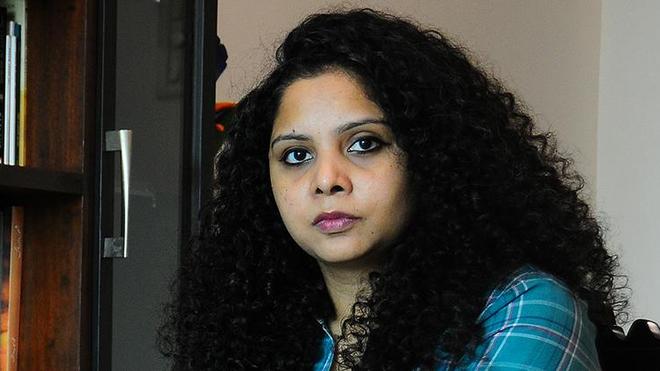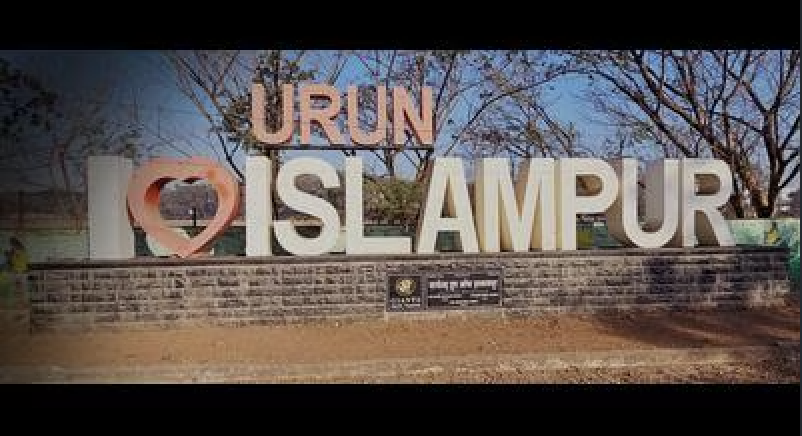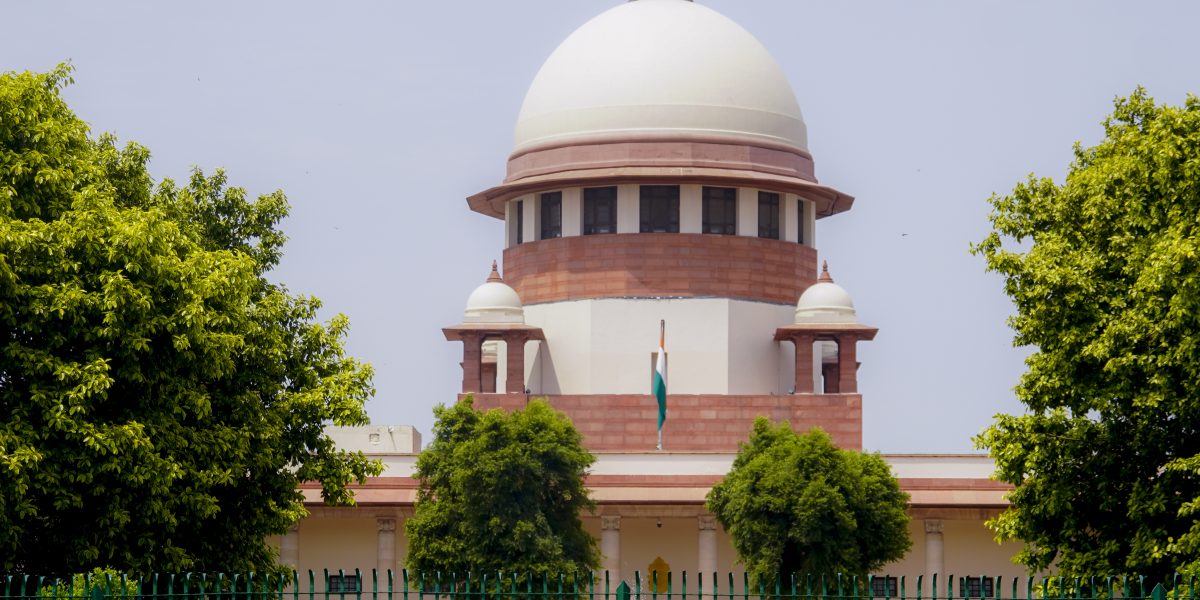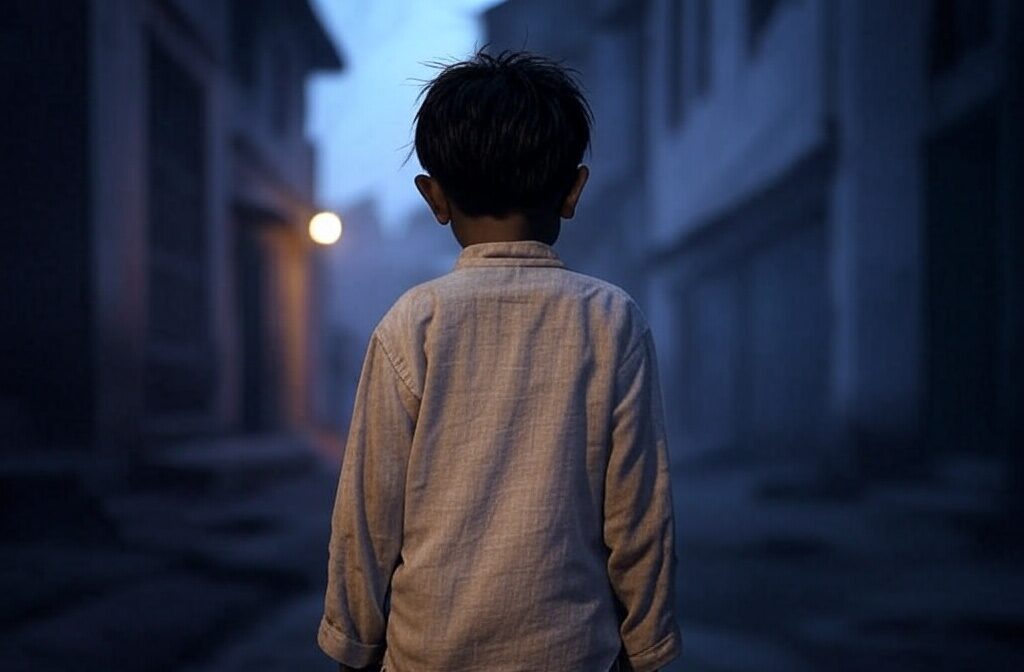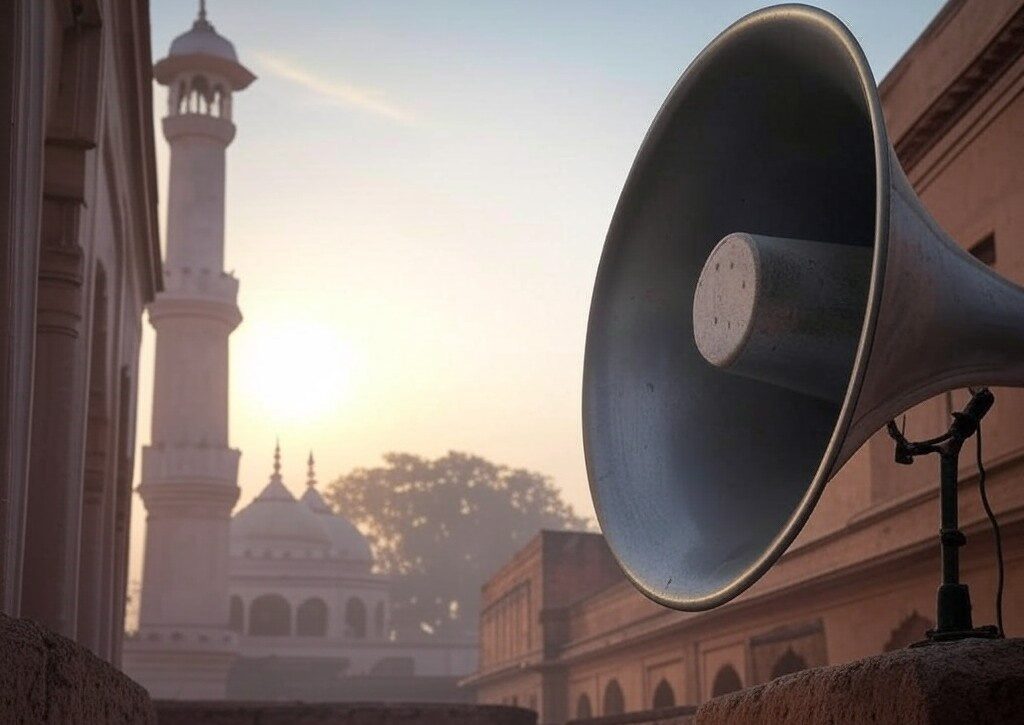Hindutva’s chronic hate speech
Inflammatory speeches are made and content published but no action is taken. Is there nothing we as journalists can do about hate speech, asks
JYOTI PUNWANI
HERE’S LOOKING AT US
Jyoti Punwani
Is there nothing we as journalists can do about hate speech? For it’s clear that those who have the power to invoke laws against hate speech will not do so. They themselves are practitioners of it.
Inflammatory speeches made at the September 7 Jat Mahapanchayat were definitely leading to the attacks on Muslims in Muzaffarnagar. A week earlier, on August 30, similar venom had been spewed by Muslim leaders from all parties at a meeting held after Friday prayers. The end result of all this? 47 dead.
But these outbursts of hatred were not an aberration. What was said at the Jat Mahapanchayat about “patriots and anti-nationals” is the standard refrain of all Hindutva publications. Should they be ignored because they cater only to their followers? Do they?
It is not just the Shiv Sainiks who read the party’s newspapers Saamna (Marathi) and Dopahar ka Saamna (Hindi). Policemen, for instance, are among the most loyal readers of the Marathi Saamna.
Then there’s Sanatan Prabhat, a Marathi daily brought out by the Hindu Janajagruti Samiti (HJS), an offshoot of the Sanatan Sanstha. It also brings out an English monthly of the same name. The monthly graces the shelves of the government library in Goa, where the Sanatan Sanstha has its headquarters. Anyone visiting that library therefore, can read it, as I did. The poison against Muslims that fills its pages left me reeling. Can such material be allowed to exist in public domain? The paper resembles Saamna at the height of the 92-93 riots.
The daily Sanatan Prabhat recently shot into the news with its comment on the killing of rationalist Narendra Dabholkar, one for whom they had no love lost. Sanatan Sanstha ideologue Dr Jayant Athvale said: “It’s God’s grace to die in a manner in which Dabholkar died. It [instant death] is better than dying of a prolonged illness or suffering from pain induced by surgical procedures.” The English paper has this comment from Athavle: “This morning I heard about the death of Dr. Narendra Dabholkar. I remembered one teaching of the Gita – ‘Death is certain for one who is born’.”
Sanatan Prabhat openly declares its aim as being the establishment of a Hindu rashtra. Exhortations to Hindus to rise and show their might, and oppose those labeled as anti-Hindu, are all over its pages. The Congress, intellectuals such as Dabholkar, Nikhil Wagle (Editor, IBN-Lokmat), rationalist Shyam Manav, are all labeled as anti-Hindu.
There is no distinction between reportage and opinion in this paper. News reports are brief, but headlines, intros and comments in parenthesis are used to convey the editor’s viewpoint. What Bal Thackeray said in his edits, Sanatan Prabhat says in its news pages.
A standard practice of the paper is to ask whether what’s being done to/by Hindus would be done to/by Muslims. Referring to a demonstration that was stopped by a District Commissioner, the paper asks: “Not able to understand the religious sentiments of Hindu devotees, would the anti-religion District Commissioner have done the same with Muslims? Had two-and-a-half armed Muslims landed up at his office, would the office itself have remained? We don’t want such officials in a Hindu rashtra.” “Even today, many Muslims are trustees of Hindu temples; but is there even one Hindu trustee of a masjid? We see photographs of politicians wearing skull caps during Ramzan, we have to see if any Hindu can put a tilak on a Muslim’s forehead.’’
Reporting on a morcha by Asaram’s followers, the paper quotes them saying: “It’s only because we are peacefully demonstrating that the government has no regard for our feelings. It understands only aggressive language.’’ A comment in brackets follows: “If these religious followers tomorrow erupt in anger, the government won’t remain.’’
Where rapes of Hindu girls are reported to have been committed by Muslims, the paper makes it a point to highlight the religious identity of both parties in the headline. It then comments: “Lustful Muslims under Congress rule’’ or, “The Muslim minority constitutes the majority when it comes to rape.’’ It also advises Hindu mothers to caution their daughters about “love jehad”.
Recently, the Karnataka Komu Souharda Vedike, a conglomeration of organisations working for communal harmony in Karnataka, demanded that the 2008 Supreme Court order regarding the status of the Guru Dattatreya Swamy Baba Budhan Dargah in Chikmagalur be maintained. The BJP in 2012 renamed it as Shri Datta Mandir, after systematically preventing its use as a dargah. Vedike president K L Ashok demanded that the original name be restored. Referring to these demands, the paper comments in parenthesis that Hindus would resist in an organised manner, anyone who tries to make the temple a dargah again.
Quoting a member of the Vedike as saying that the tradition of both Hindus and Muslims coming to the dargah be maintained, the editor comments: “There’s not even a remote chance of Hindus and Muslims coming together. This has been our experience since Partition. Those who feel that Hindus and Muslims should together come to Hindu temples, are not well-wishers of Hindus, but of the Congress. K L Ashok has undergone an ideological circumcision. Such Hindus are the true enemies of Hindu religion.’’
About last month’s Kishtwar riots, the English monthly writes: “After Namaz…the fanatic and anti-national Muslims shouted anti-national slogans and attacked Hindus. The BJP feared that this attack would lead to a repeat of 1990 and a fresh exodus of Hindus. Of course, Hindus do not expect the BJP (which calls itself a Hindu party) to just express fears like an ordinary individual; they expect it to take concrete steps in this regard. The parent body of the BJP should have censured it on this… Muslims in Bharat are still treading the path of attacking and violence which their Muslim forefather-invaders started a 1000 years ago.’’
After the Asaram incident, the paper wrote this about the media. “The media’s job seems to be to criticise only Hindus. Since Hindus are patient and almost dead (sic), they don’t oppose the media. If opposed, the media starts crying about freedom of expression, so Hindus don’t get involved. On the other hand, even when they are thrashed by Muslims, the media sees it as part of Muslim pride, and just gargle this down with salt water and keep quiet. Had Hindus behaved the way Muslims did at Azad Maidan, Mumbai, on August 11 last year (OB vans burnt, journalists beaten up badly), the media wouldn’t have let Hindus forget it, the way they haven’t let Modi forget the 2002 riots. Some years back, when Shiv Sainiks attacked an eveninger’s office (Mahanagar), journalists sat on fast outside Sena Bhavan. Why didn’t they sit on fast outside the office of the Raza Academy after August 11 last year?
“Sexual exploitation of minors takes place by nuns and priests in the west, and is reported widely but our media says nothing. Afraid of being attacked, they dare not report the misdeeds of maulvis. But by attacking Hindu religious leaders, their circulation and viewership goes up. Hindus should give this media a firing for this, and boycott them.”
It must be noted that two members of the Sanatan Sanstha were convicted for their role in the Thane-PAnvel bomb blasts of 2008. Eight other members have been chargesheeted by the NIA for the Goa 2009 blasts, of which four have been arrested while four, are absconding. So Sanatan Prabhat is the newspaper of an organisation which has both convicted and accused terrorists as members. Yet, this paper continues to be published and circulated.
It’s not as if the authorities have taken no action against the paper. In 2008 and 2009, the Maharashtra police arrested the editor Prithviraj Hazare, for using a casteist term, and for inflammatory writings on the Sangli-Miraj riots, respectively. Last year, the Kerala cyber-police filed a case against the HJS website for spreading religious hatred and disharmony, and inciting violence against religious groups, by continuing to propagate the theory of “love jehad’’ (which accuses Muslims of entrapping Hindu girls to convert them to Islam), despite the police having found that no such phenomenon existed.
None of this seems to have made any difference.
While the Press Council has taken no action against the Sanatan Prabhat, one of its reporters, Arvind Pansare, filed a PIL in April this year, asking that the Press Council Act be repealed so that its current chairman Justice Katju be relieved of his post for “gross abuse of power’’ by making political statements.
Incidentally, this paper got a journalism award on May 1 last year from the Newsmakers Broadcasting Communications Pvt Ltd, a news channel. Appropriately, the award was given by Uddhav Thackeray, in the presence of Bal Thackeray.
This story first appeared on sacw.net


